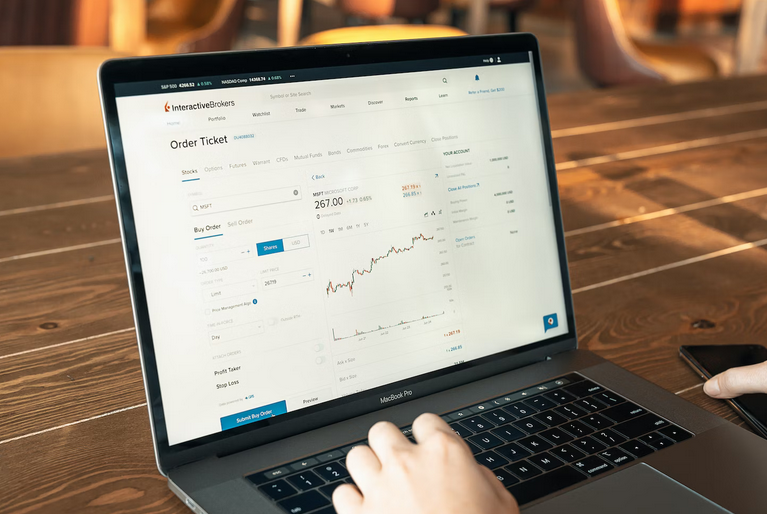How to Conduct a Break-Even Analysis for Your Business
When starting or running a business, understanding your financial health is crucial. One essential tool for this is the break-even analysis. It helps you determine when your business can cover all its expenses and start making a profit. In this guide, we’ll walk you through the process of conducting a break-even analysis in a friendly and informative tone.
What Is a Break-Even Analysis?

A break-even analysis is a financial calculation that helps determine the point at which your business’s revenue equals its costs. Despite its complicated nature, the netsuite to quickbooks conversion often proves effective in tracking all the small details, making it more beneficial for business owners. At this break-even point, your business isn’t making a profit, but it’s not losing money either. Understanding this point is vital for setting sales targets, pricing products, and making informed financial decisions.
Why Is a Break-Even Analysis Important?
Conducting a break-even analysis offers several benefits:
- Informed Decision-Making: It helps you make informed decisions about pricing, budgeting, and forecasting.
- Risk Assessment: You can assess the risk associated with new products or services by understanding the sales volume needed to break even.
- Goal Setting: It provides clear sales targets and helps set realistic goals.
- Financial Health: Regular break-even analysis can monitor the financial health of your business and guide strategic planning.
Components of a Break-Even Analysis
To conduct a break-even analysis, you’ll need to understand and calculate the following components:
1. Fixed Costs
Fixed costs are expenses that remain constant regardless of your sales volume. Examples include rent, salaries, insurance, and utilities. These costs do not fluctuate with production levels and are incurred even if no products are sold.
2. Variable Costs
Examples of these costs include raw materials, packaging, and shipping. These expenses increase or decrease directly with the number of units produced or sold.
3. Sales Price per Unit
The sales price per unit is the amount you charge customers for each product or service. It’s essential to set a competitive yet profitable price.
Steps to Conduct a Break-Even Analysis

1. Identify Your Fixed and Variable Costs
List all your fixed and variable costs. Be thorough and include all possible expenses to ensure accuracy.
2. Determine Your Sales Price per Unit
Set a realistic sales price for your product or service. Consider market conditions, competition, and your cost structure.
3. Apply the Break-Even Formula
Utilize the break-even formula to determine the number of units required to sell in order to cover your fixed costs. This figure represents your break-even point.
4. Analyze and Interpret the Results
Once you’ve calculated your break-even point, analyze the results. If your break-even point seems unattainable, you may need to adjust your pricing, reduce costs, or rethink your business strategy.
Tips for Using Break-Even Analysis Effectively
- Regular Updates: Recalculate your break-even point regularly to account for changes in costs or pricing.
- Scenario Analysis: Perform different scenarios by adjusting prices, costs, or sales volumes to understand their impact.
- Visual Aids: Use graphs and charts to visualize your break-even analysis for better understanding and communication.
Conducting a break-even analysis is a vital skill for any business owner. It helps you understand when your business will start making a profit and guides you in making informed financial decisions. By regularly performing this analysis and adjusting your strategy accordingly, you can ensure your business stays on a path to success.…
How Inflation Affects a Company’s Finances
Inflation, the gradual increase in the prices of goods and services over time, is a fundamental economic concept that impacts various aspects of our lives, including the financial health of businesses. Understanding how inflation affects a company’s finances is crucial for business owners and financial managers. Here’s how inflation can impact a company’s financial health and strategies to mitigate its adverse effects.
Purchasing Power Erosion

One of the most direct ways inflation affects a company is by eroding its purchasing power. When inflation is on the rise, the value of money decreases over time. This means the same amount can buy fewer goods and services, leading to higher business operating costs. As a result, companies may experience a reduction in their real profits.
Increased Operating Costs
Inflation can lead to higher costs for raw materials, labor, and other essential inputs. Increased costs can significantly impact profitability when a company relies on these inputs for its production processes. Companies may face tough decisions such as raising prices, cutting expenses, or accepting lower profit margins.
Impact on Debt and Interest Rates
Inflation can affect a company’s debt obligations. If a business has borrowed money at a fixed interest rate, the real cost of servicing that debt decreases with inflation. However, if the interest rate on the debt is variable, it can rise with inflation, increasing the company’s interest expenses. Thus, inflation can have positive and negative implications for a company’s debt management.
Asset Depreciation

Inflation can lead to the depreciation of assets, particularly those that have a fixed value. For example, real estate properties owned by a company may lose value in real terms as the general price level increases. This can impact a company’s balance sheet, affecting its net worth and potential borrowing capacity.
Impact on Pricing Strategy
Companies often adjust their pricing strategies to cope with rising costs caused by inflation. This can include raising the prices of their products or services to maintain profit margins. However, price increases may reduce customer demand, affecting sales volume. Striking the right balance between pricing and demand is a critical challenge during periods of inflation.
Cash Flow Volatility
Inflation can introduce volatility into a company’s cash flow. Fluctuations in prices and costs can lead to unpredictable cash flow patterns, challenging planning for future investments or expansion. This volatility can also affect a company’s ability to meet its financial obligations.
Investment Decisions

Inflation can influence a company’s investment decisions. When the real return on investment is negative due to high inflation, businesses may be less inclined to invest in long-term projects or assets. This can impact a company’s growth potential and ability to stay competitive.
Inflation is an economic challenge that can significantly affect a company’s finances. Effective financial management and strategic planning are essential for companies to weather the effects of inflation and thrive in an ever-changing economic landscape.…



